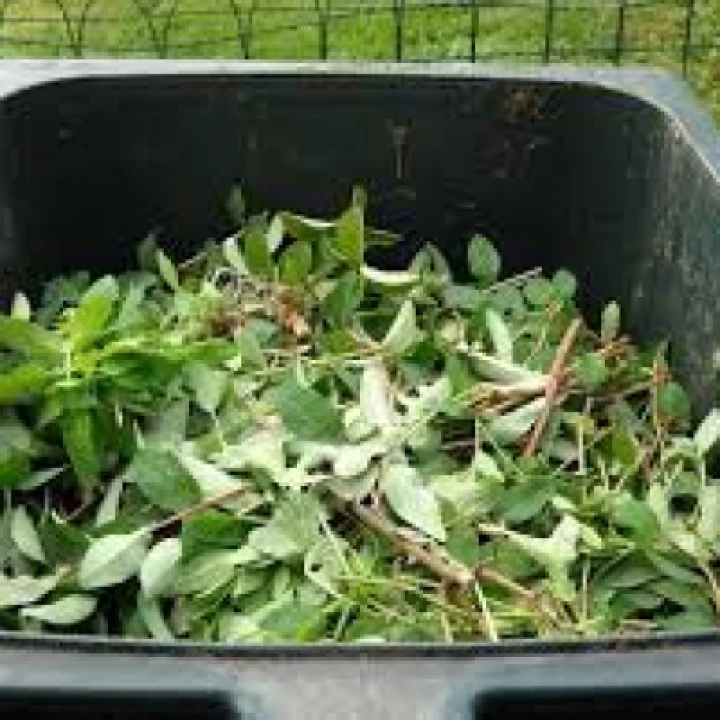Chiffchaff (Phylloscopus collybita)
The video in this article (originally published in 2021) did not work so I am re-publishing it with a video kindly provided by Mark@avibirds.com (click on the link button). I have been hearing the chirpy Chiffchaff on my regular walks in Tarvin Woodlands this week.
Click on the birdsong link to listen to the song of the ChiffChaff in a separate tab while you read this article: ChiffChaff song
The "common chiffchaff" (or simply the chiffchaff) is a common and widespread leaf warbler which breeds in open woodlands throughout much of Europe. This tiny songbird is with us for only a portion of the year because, being an insect-eater, it needs to migrate to places where food is plentiful. Therefore, it spends its winters in warmer areas where there are still lots of insects, such as the south and the west of Europe, southern Asia and in north Africa. Chiffchaffs are a small, dumpy member of the leaf warbler family – a dull green above and pale yellow below, with an off-white belly and a short eyebrow stripe. In its appearance, the chiffchaff, the willow warbler and the wood warbler are almost identical and hence are difficult to distinguish visually. However, they can easily be told apart by their songs, with the chiffchaff having a repetitive "chiff-chaff chiff-chaff chiff-chaff" song that has led to the bird's name being coined from the sound of its call. The same naming process has happened in other languages, too – for instance, in Welsh, the bird is called the siff-saff, while in Dutch it is the tjiftjaf.
Our common chiffchaff prefers open woodlands, where there are some taller trees and plenty of ground cover for nesting purposes. The trees need to be at least 5 metres (16 ft) high, with undergrowth that is an open, fairly poor mix of grasses, nettles and similar plants. The male common chiffchaff is highly territorial during the breeding season, with a basic territory which is typically 20 metres (66 ft) across and this he fiercely defends against other males. Other small birds may also be attacked if considered a threat. The male is inquisitive and fearless, apparently being prepared to attack even dangerous predators like a stoat if they approach the nest, as well as egg-thieves such as the Jay. His song, given from a favoured prominent vantage point, appears to be used to advertise an established territory and contact the female, rather than as a paternity guard strategy.
The male has little involvement in the nesting process other than defending its territory. The female builds the nest on or near the ground in a concealed place in brambles, nettles or other dense low vegetation. The domed nest has a side entrance, and is constructed from coarse plant material such as dead leaves and grass, with finer material used on the interior before the addition of a lining of feathers. The typical nest is 12.5 centimetres (5 in) high and 11 centimetres (4 in) across. The clutch is about five or six cream-coloured eggs which have tiny ruddy, purple or blackish spots and are about 1.5 centimetres (0.6 in) long and 1.2 centimetres (0.5 in) across. They are incubated by the female for 13-14 days before they hatch as naked, blind chicks. The female broods and feeds the chicks for another 14-15 days until they fledge. The male rarely participates in feeding, although this sometimes occurs, especially when bad weather limits insect supplies or if the female disappears. After fledging, the young stay in the vicinity of the nest for three to four weeks, and are fed by and roost with the female, although these interactions reduce after about the first 14 days.
Beyond the central territory, there is a larger feeding range which is typically ten or more times the area of the breeding territory. It is believed that the female has an even larger feeding range than the male. After breeding has finished, chiff-chaffs abandon their territories, and may join small flocks, including other warblers, prior to migration. Chiff-chaffs are insectivorous, moving restlessly though foliage or briefly hovering, taking insects, mainly flies, along with other small and medium-sized invertebrates. They will also take the eggs and larvae of butterflies and moths, particularly those of the winter moth. The chiffchaff has been estimated to require about one-third of its weight in insects daily, and, in the autumn, they feed almost continuously to put on extra fat as fuel for their long migration flight.
Quick Links
Get In Touch
TarvinOnline is powered by our active community.
Please send us your news and views.








